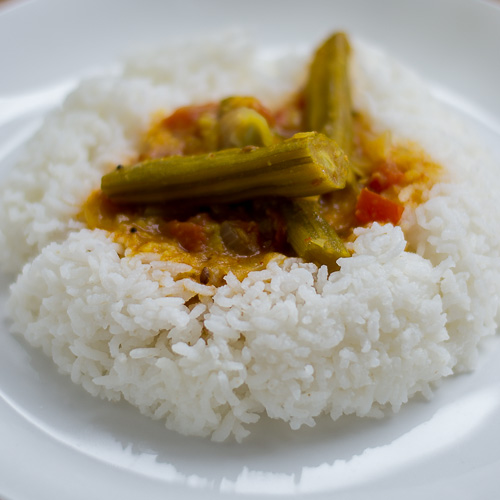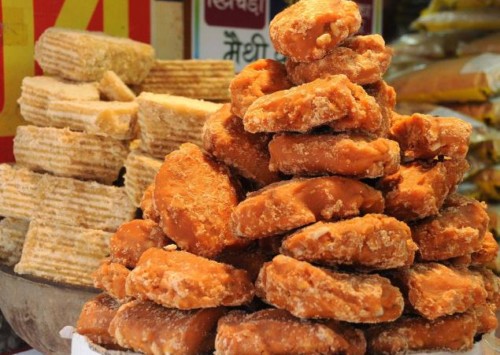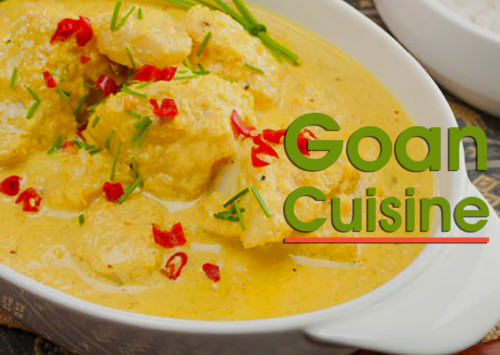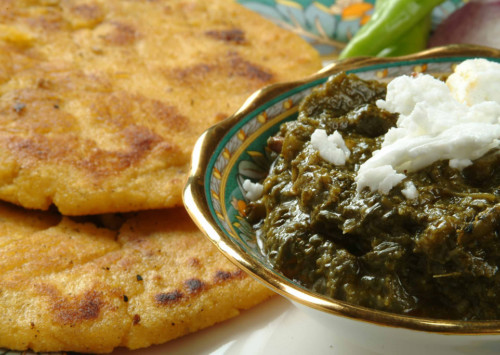The benefits and uses of the Indian drumstick
For a plant that doesn’t demand specific conditions for it to grow, the Indian drumstick has a host of healthy properties. Ubiquitous to South Indian cuisine, it has also gained popularity in other parts of the country, where it’s traditional and modern creations are now heartily consumed.
I remember picking it from my sambar, thinking of it as an ingredient that is added only for flavour, until my father told me it was meant to be eaten. Many north Indian kids still do that, or at least from what I observe at restaurants and even at home.
Native to the sub-Himalayan areas of the Indian subcontinent, this plant is popular for its use in south Indian cuisine. People from other parts of the country know it for its use in sambar, a broth like dish, which has come to be popularly consumed in various parts of north India. Fast growing, low maintenance and drought-resistant, this green grows all year round, and is rising in popularity for its many health benefits and uses.
The plant of the Indian drumstick is said to have various healing properties. Its bark, sap, roots, leaves, seeds, and flowers are all used to treat ailments like stomach disorders, welling, diabetes, neurodegenerative diseases, asthma, epilepsy, thyroid disorder, sickle-cell disease, and also various fungal and bacterial infections.
Rich in minerals, the plant’s parts are also used as a wellness ingredient, for their positive effects on liver, skin, hair, bones, immunity, kidney, heart, and eyes.
In fact, the benefits are so many that the drumstick plant, which can be grown even on wastelands, is being promoted by various NGOs to counter malnutrition. It is, in fact, used in nutritional programmes in India and Africa.
A popular Indian daily reports the Asian Vegetable Research and Developmental Centre noting the Indian drumstick’s properties ounce for ounce, and quoting the moringa leaves having “more beta-carotene than carrots, more protein than peas, more vitamin C than oranges, more calcium than milk, more potassium than bananas and more iron than spinach.”
Drumstick usage the (south) Indian way
While drumstick grows in various parts of India, it is predominantly used in the southern part of the country, where it seems like a ubiquitous ingredient. While it is added to a host of dishes, it seems to be inseparable from sambar, and avial. It is also added to chicken and mutton dishes and is prepared separately as a dish called murungakkai masala. “We also add it to other curry dishes, and call it murungai in Tamil,” shares Geetha Kumar, an insurance professional living in New Delhi.
While people in other parts of the country are adapting to these savouries from south India, they are also experimenting with the plant and adding it to soups, smoothies, curries, vegetable platters, and even tea. They are also picking them for a more tangy take. The root of the tree is said to have a pungent flavour, similar to that of a horseradish, and hence the pickling of it!
Other than India, drumsticks can be found in cuisine from Burma, Cambodia and Thailand, where they are added to seafood curries. Recipes elsewhere also include baking drumsticks and dunking them in cheese. When boiled, the water can also be used as a vegetarian stock. It is just recommended to scrape the pods a little, to mellow down the bitter green taste in their skin. What’s left is a stock that is lightly vegetal and savoury, and emanating that fifth flavour called umami, most food writers have been binging on lately.
Leaves of the moringa are also being packed into nutritional powders for babies or even baked as biscuits, or cooked into porridge, adding to its fame, even in the west.













